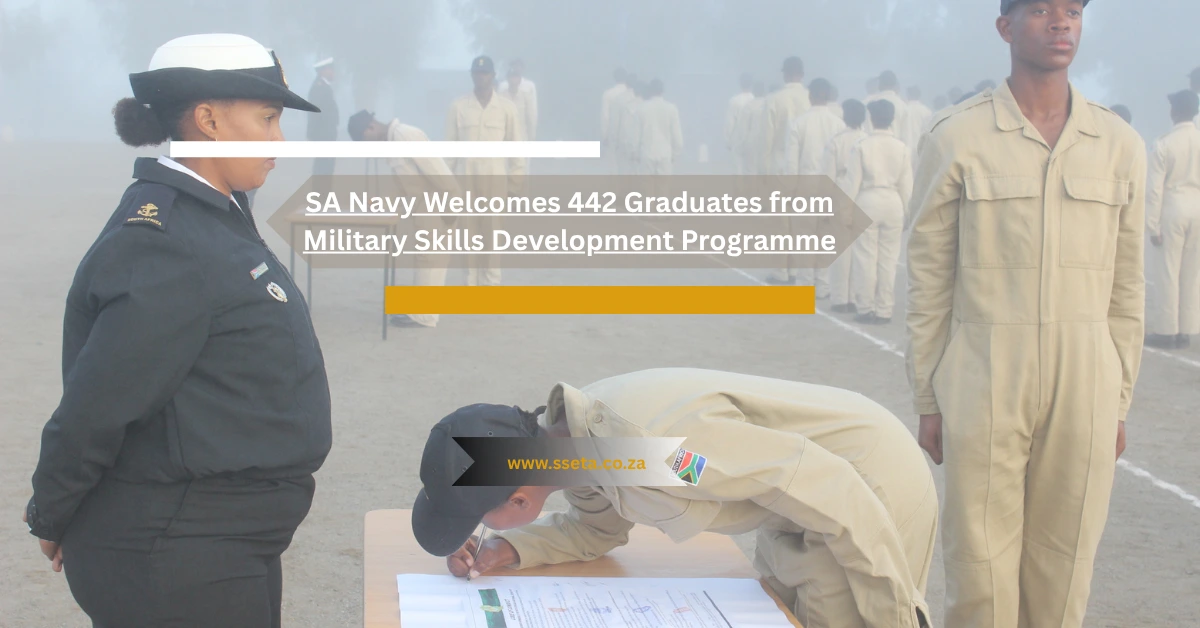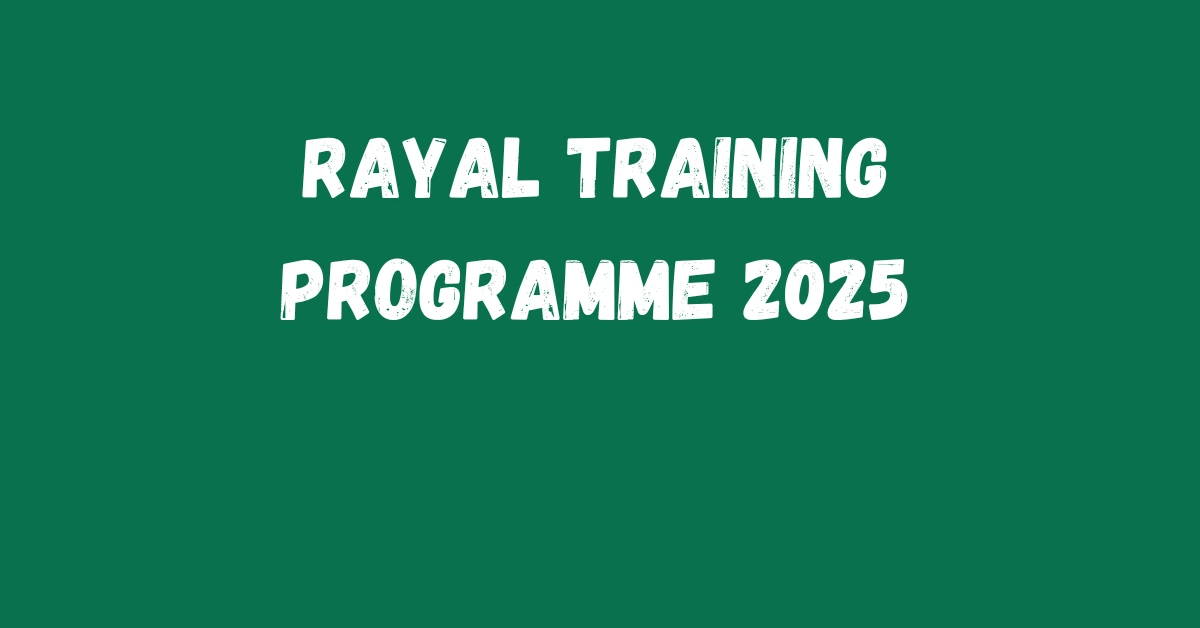For many South Africans, the search for meaningful work begins with one important question: how do I get the right skills to land a good job? In today’s competitive market, employers are looking for people who can step in with confidence, contribute from day one, and adapt as industries evolve. That’s where the SSETA Skills Opportunity Programme—often called the SOP—comes in.
The 2025/2026 intake is designed for people who want more than just a certificate. It offers practical training, industry-aligned learning, and pathways to real jobs in one of the country’s most dynamic sectors. Whether you’re a young job seeker, a recent graduate, or an unemployed adult eager to re-enter the workforce, this programme could be your bridge from learning to earning.
1. Understanding SSETA and Its Skills Opportunity Programme
What is SSETA?
SSETA is one of South Africa’s 21 Sector Education and Training Authorities. Each SETA focuses on a specific part of the economy. SSETA’s focus is services—a vast sector covering everything from hospitality and retail to finance, property management, business administration, and marketing.
Its core mission is simple:
- Support businesses by developing skilled workers.
- Support people by giving them the training that employers actually need.
What Makes the Skills Opportunity Programme Unique?
The SOP isn’t just classroom learning. It blends theory with workplace experience so participants can apply what they learn in real-life situations. The programme’s goals are to:
- Reduce unemployment by equipping participants with in-demand skills.
- Close the gap between education and workplace expectations.
- Build a workforce that contributes to South Africa’s economic growth.
2. Who Can Apply? The 2025/2026 Eligibility Criteria
Before you prepare your application, it’s important to check whether you meet the requirements.
Age and Education
- Target group: Primarily unemployed youth, but some streams may be open to older applicants.
- Minimum education: A National Senior Certificate (Matric). Certain streams might require specific subjects or a higher qualification, especially for technical or specialist roles.
Citizenship and Residency
- You must be a South African citizen or a permanent resident.
- You must live in South Africa for the duration of the programme.
Employment Status
- The programme prioritises unemployed individuals.
- If you are employed full-time, you may not qualify for certain learnerships or internships.
3. Why Consider the SSETA SOP? The Benefits at a Glance
Joining the programme isn’t just about ticking a box—it’s about transforming your employability. Participants can expect:
- Industry-recognised qualifications aligned with the National Qualifications Framework (NQF).
- Practical workplace exposure to understand job requirements first-hand.
- Improved job prospects, with many graduates moving straight into employment.
- Networking opportunities with employers, trainers, and fellow learners.
- Career guidance and mentorship support throughout the training.
4. Skills Streams Offered in 2025/2026
SSETA develops its training streams by consulting with industry leaders, so the skills offered match what companies are actively seeking.
Examples of Skills Streams:
- Customer Service Excellence – Building communication, problem-solving, and client relationship skills for retail, call centre, and hospitality roles.
- Office Administration – Covering computer literacy, document management, and workplace communication.
- Financial Services Fundamentals – Introducing bookkeeping, budgeting, and basic accounting.
- Marketing and Sales Support – Teaching promotional strategies, digital marketing basics, and customer engagement.
Each stream is linked to a recognised NQF qualification, giving you a credential that holds weight with employers.
5. Application Process: Step-by-Step
Step 1: Watch for Opening Dates
- Application periods are announced on the official SSETA website.
- Mark the dates and set reminders—late submissions are not accepted.
Step 2: Prepare Your Documentation
Typically required:
- Certified copy of your South African ID.
- Matric certificate (and any post-school qualifications).
- Updated CV.
- Motivational letter explaining your career goals and interest in the programme.
Step 3: Submit Your Application
- Most applications are submitted online via the SSETA portal.
- In rare cases, physical submission at regional offices may be allowed—check the official instructions.
- Double-check every detail before submitting to avoid disqualification.
6. The Selection Process: What to Expect
The SOP aims to match the right people to the right training, so selection is competitive but transparent.
- Document Screening – Applications are checked against eligibility requirements.
- Shortlisting – Suitable candidates are invited for interviews or assessments.
- Interviews/Tests – You may be asked about your motivation, career interests, and availability.
- Final Selection – Chosen candidates are contacted with programme details.
Tip: Show genuine interest and readiness to commit—the selection panel values motivation as much as qualifications.
7. Programme Structure and Duration
Learning Approach
- Classroom or online theory sessions for foundational knowledge.
- Workplace-based training to apply learning in real environments.
- Assessments to evaluate your understanding and practical skills.
Duration
- Short skills courses: a few weeks to 3 months.
- Learnerships: 6–12 months.
- Internships: variable, often around 12 months.
8. Support for Participants
SSETA understands that training alone is not enough—support matters. Many streams include:
- Mentorship to help you navigate both study and workplace challenges.
- Career counselling for post-programme job hunting.
- Stipends to cover basic travel and meal costs (amount varies by programme).
9. How to Maximise Your Experience
Be Actively Engaged
- Ask questions, participate in discussions, and complete assignments on time.
- Use workplace experience to observe, learn, and volunteer for tasks.
Build Your Professional Network
- Keep in touch with trainers, mentors, and fellow participants.
- Attend SSETA-related career fairs or events.
Document Your Achievements
- Keep a record of projects you complete during training.
- Update your CV immediately after finishing.
10. Life After the Programme
Graduating from the SOP doesn’t mean the journey ends—it’s your launchpad.
Post-programme steps:
- Apply for jobs directly in your trained field.
- Seek internships or entry-level positions to keep building experience.
- Use your new network to hear about opportunities early.
Many SOP alumni secure permanent jobs within months of completion, particularly in customer service, finance, and office administration.
11. Common Mistakes to Avoid in Your Application
- Missing the deadline.
- Submitting incomplete or uncertified documents.
- Providing outdated contact details.
- Copying a generic motivational letter instead of writing your own.
12. Where to Find the Latest Information
For the most accurate details, always visit:
Official SSETA Website – www.sseta.co.za
SSETA Social Media Pages – Announcements and updates.
Final Word: Turning Opportunity into Action
The SSETA Skills Opportunity Programme 2025/2026 isn’t just another training course—it’s a structured pathway into one of the country’s most important and diverse sectors. By offering targeted, industry-approved training, it empowers participants to enter the job market with confidence and build sustainable careers.
If you meet the requirements and are ready to commit your time and energy, this programme could be the turning point you’ve been looking for. The application process is clear, the benefits are tangible, and the opportunities afterwards are real.
Quick Takeaways
- What: Industry-aligned training in the services sector.
- Who: South African citizens/permanent residents, primarily unemployed.
- When: 2025/2026 intake—watch official channels for dates.
- Why: Boost skills, gain work experience, and improve job prospects.
- How: Apply via SSETA’s official portal with the required documents.



